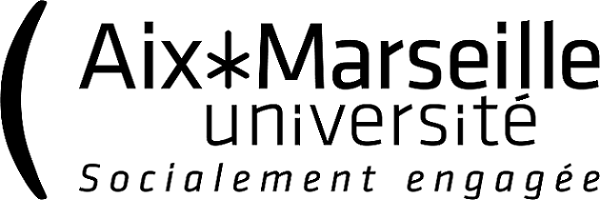Anti-HVEM mAb therapy improves antitumoral immunity both in vitro and in vivo, in a novel transgenic mouse model expressing human HVEM and BTLA molecules challenged with HVEM expressing tumors
Résumé
Tumor necrosis factor superfamily member 14 (TNFRSF14)/herpes virus entry mediator (HVEM) is the ligand for B and T lymphocyte attenuator (BTLA) and CD160-negative immune co-signaling molecules as well as viral proteins. Its expression is dysregulated with an overexpression in tumors and a connection with tumors of adverse prognosis. Methods We developed C57BL/6 mouse models co-expressing human (hu)BTLA and huHVEM as well as antagonistic monoclonal antibodies (mAbs) that completely prevent the interactions of HVEM with its ligands. Results Here, we show that the anti-HVEM18-10 mAb increases primary human αβ-T cells activity alone (CIS-activity) or in the presence of HVEM-expressing lung or colorectal cancer cells in vitro (TRANS-activity). Anti-HVEM18-10 synergizes with antiprogrammed death-ligand 1 (anti-PD-L1) mAb to activate T cells in the presence of PD-L1-positive tumors, but is sufficient to trigger T cell activation in the presence of PD-L1-negative cells. In order to better understand HVEM18-10 effects in vivo and especially disentangle its CIS and TRANS effects, we developed a knockin (KI) mouse model expressing human BTLA (huBTLA +/+ ) and a KI mouse model expressing both huBTLA +/+ /huHVEM +/+ (double KI (DKI)). In vivo preclinical experiments performed in both mouse models showed that HVEM18-10 treatment was efficient to decrease human HVEM + tumor growth. In the DKI model, anti-HVEM18-10 treatment induces a decrease of exhausted CD8 + T cells and regulatory T cells and an increase of effector memory CD4 + T cells within the tumor. Interestingly, mice which completely rejected tumors (±20%) did not develop tumors on rechallenge in both settings, therefore showing a marked T cell-memory phenotype effect. Conclusions Altogether, our preclinical models validate anti-HVEM18-10 as a promising therapeutic antibody to use in clinics as a monotherapy or in combination with existing immunotherapies (antiprogrammed cell death protein 1/anti-PD-L1/anti-cytotoxic T-lymphocyte antigen-4 (CTLA-4)).
Domaines
Sciences du Vivant [q-bio]| Origine | Fichiers éditeurs autorisés sur une archive ouverte |
|---|---|
| Licence |



